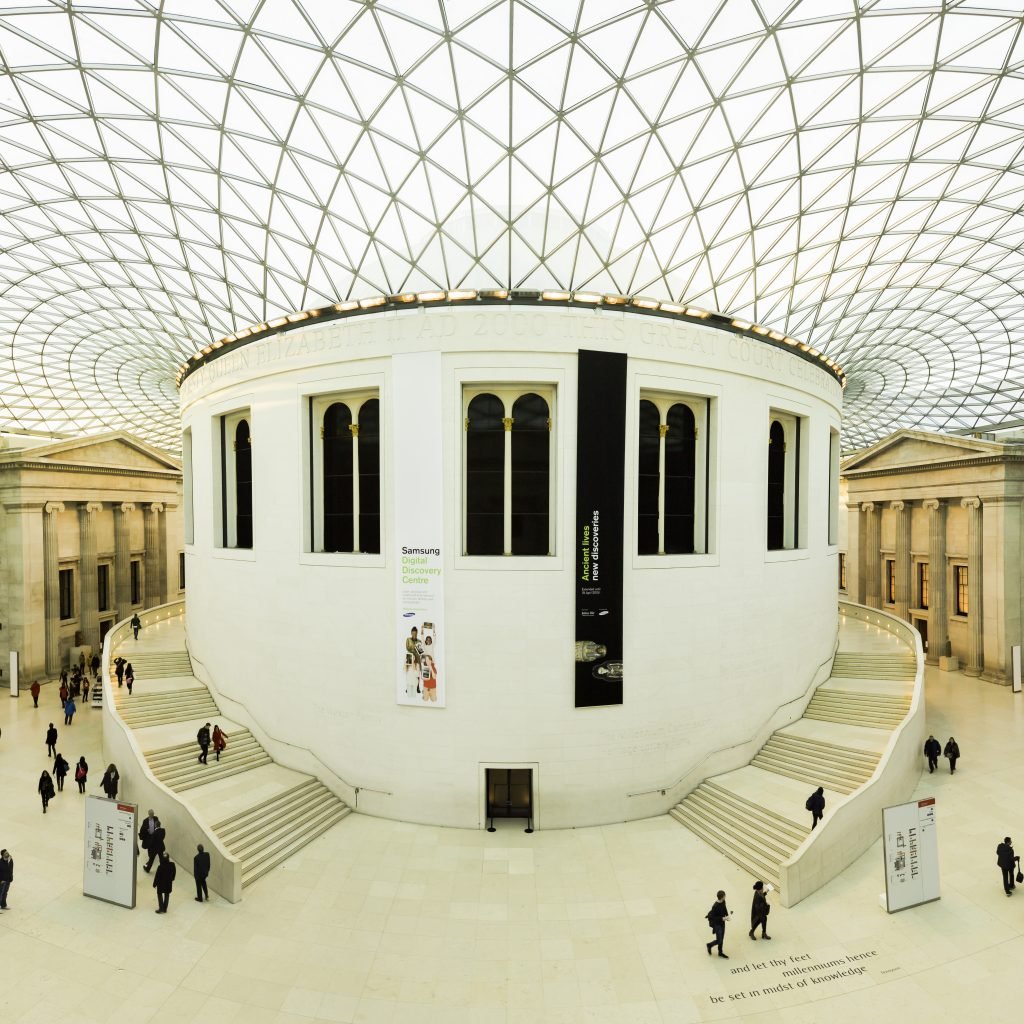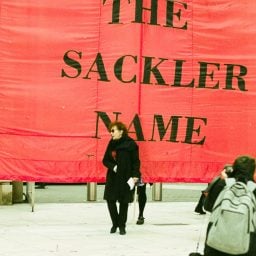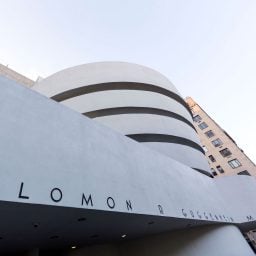London’s British Museum will rename all galleries, rooms, and endowments that currently feature the names of Raymond and Beverly Sackler, whose eponymous foundation made donations to the institution between the 1990s and 2013.
Members of the Sackler family owned the company Purdue Pharma, which made billions marketing the addictive painkiller OxyContin—a drug wide blamed for fueling the U.S. opioid crisis.
The company has since declared bankruptcy; an appeal of the initial settlement agreement, which was overturned in December, is set to be heard in U.S. Second Circuit Court of Appeals on April 29. Following mediation, the nine states that still opposed the deal will not challenge the appeal. The company will pay $6 billion to OxyContin victims and their families, and the Sacklers have agreed to let U.S. institutions remove the family name without penalties—a major sticking point in the negotiations.
In announcing its decision to rename its Raymond and Beverly Sackler Rooms (already rechristened “Rooms A and B” on the museum website) and the Raymond and Beverly Sackler Wing, the British Museum made no mention of the Sacklers’ controversial ties to the opioid crisis, nor of the groundswell of activism that has been pressuring institutions around the world to reject the family’s philanthropic gifts.
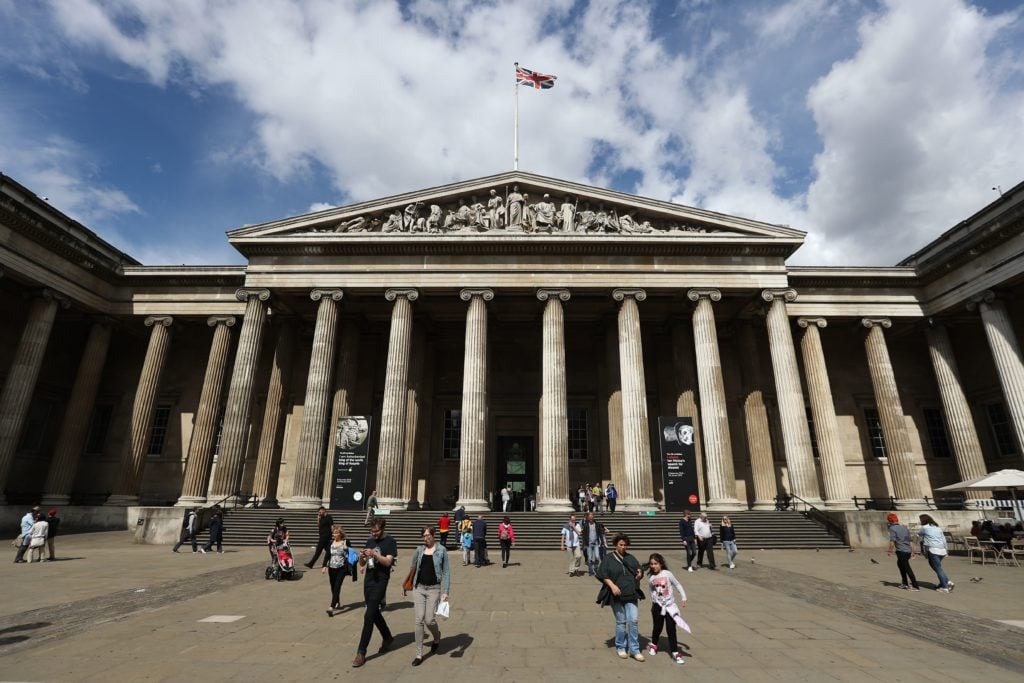
The British Museum. Photo by Daniel Leal-Olivas/AFP/Getty Images.
The museum’s statement, first reported by the Telegraph, describes the decision to rename these spaces as a mutual one between the two parties—not because of the family’s rapidly deteriorating public image, but as part of a new “masterplan” for the institution.
“The development of the new masterplan marks a fresh moment in the museum’s history and, through collaborative discussions, both partners felt the time was right to identify new ways to connect with the visitors of tomorrow,” the announcement said. “The Raymond and Beverly Sackler Foundation are long-standing admirers of the British Museum’s work, and we made this decision together through collaborative discussions.”
Cutting ties with the Sacklers after a 30-year relationship will help “move the museum into a new era,” George Osborne, the chairman of the museum, added.
The Sacklers will still be listed on the benefactors’ board and the Great Court donor list. The museum’s statement noted that there are no additional plans to review relationships with other donors or other naming agreements.
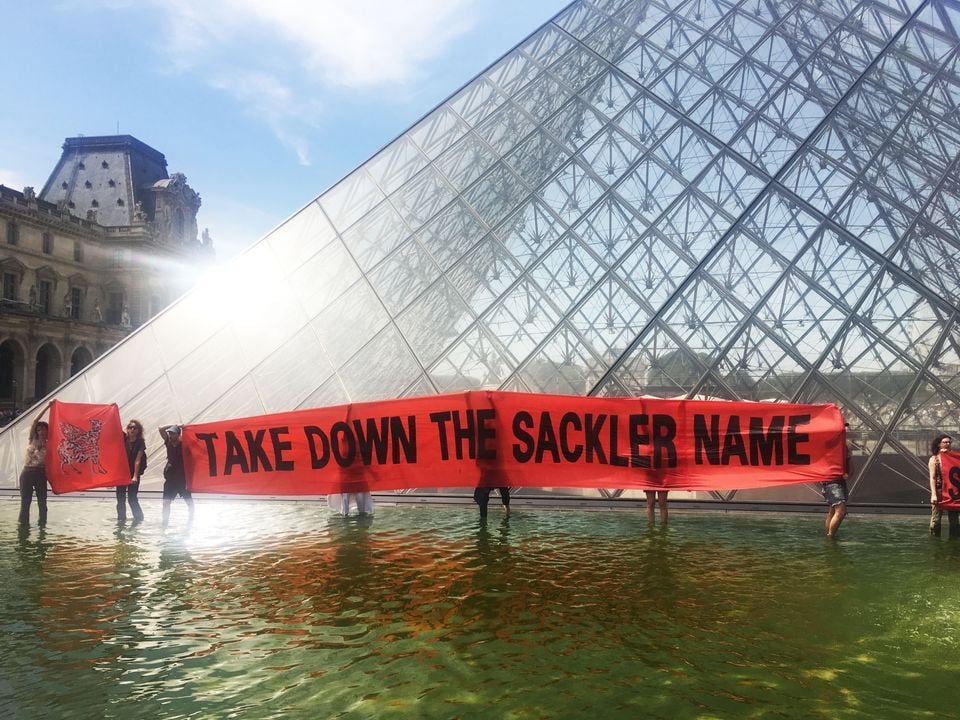
Sackler PAIN protesting the Louvre in Paris. Photo courtesy of Sackler PAIN.
Because the British Museum is a listed building with Historic England, “any works undertaken within the building are done sensitively and in a way that is consistent with its heritage,” the statement noted. “We expect the changes to signage to be implemented carefully over a period of time to protect the fabric of the estate.”
Artist Nan Goldin has led the push to oust the Sacklers from their positions of cultural esteem. She founded the advocacy organization Sackler P.A.I.N. after overcoming an OxyContin addiction, and has staged protests around the world at institutions that feature the Sackler name.
Slowly but surely, those efforts have begun to bear fruit: first in the form of rejecting new donations from the Sacklers, then as their name began to be taken down.
In 2019, the Louvre in Paris quietly removed the Sackler name from its wing of Oriental antiquities. In the years that followed, New York’s Dia Art Foundation, New York University’s Langone Medical Center, Edinburgh University, the University of Glasgow, and Tufts University in Boston made similar moves. And over the last summer, the Jewish Museum Berlin changed the name of its Sackler Staircase to the “Staircase adjoining the Axis of Continuity.”
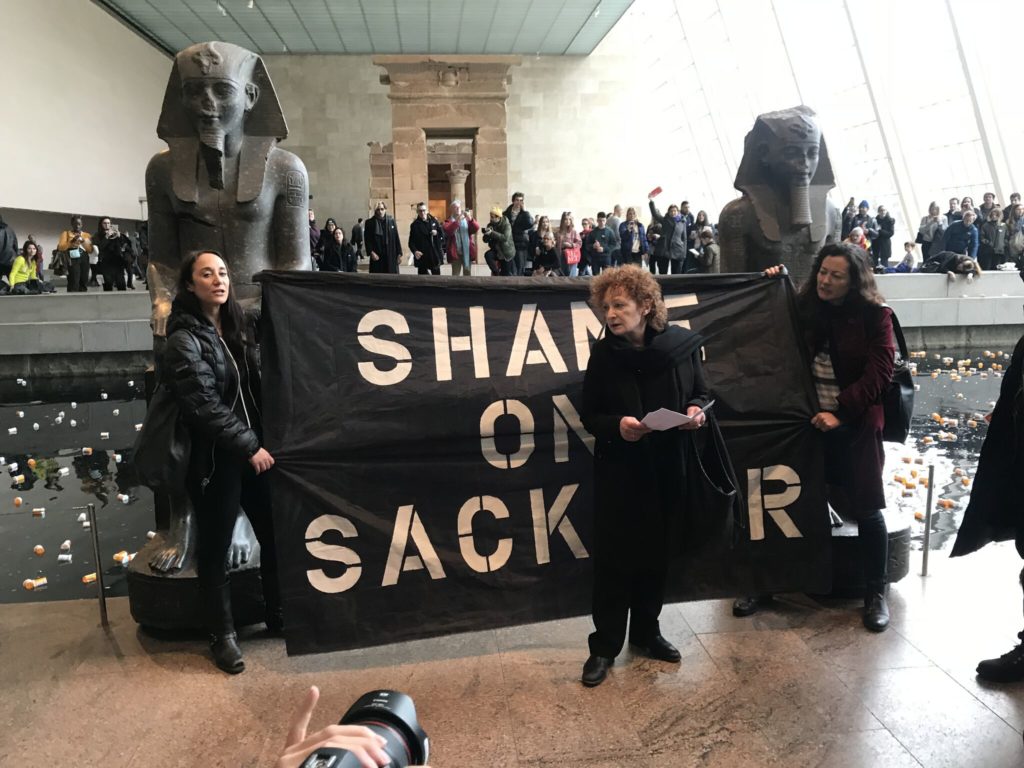
Nan Goldin speaking at the protest at the Met in 2018. Photo by Michael Quinn.
The biggest announcement came in December, when the Metropolitan Museum of Art in New York ditched the Sackler name after 14 months of deliberation. Then, in January, London’s Serpentine Galleries removed the Sacker sign on the face of what is now its Serpentine North gallery. (It had already rebranded to the new name online in March 2021.) The Tate Modern followed suit in February.
Some institutions continue to honor the Sacklers, such as the Sackler Center for Arts Education at the Solomon R. Guggenheim Museum and the Sackler Institute for Comparative Genomics and Sackler Educational Laboratory at the American Museum of Natural History, both in New York. In London, the National Gallery has the Sackler Room, and the Victoria & Albert Museum has the Sackler Courtyard.
The V&A has been steadfast in its continued support of the Sacklers, but a National Gallery spokesperson told the New York Times on Friday that sponsorships and philanthropic support “are constantly under review.”
